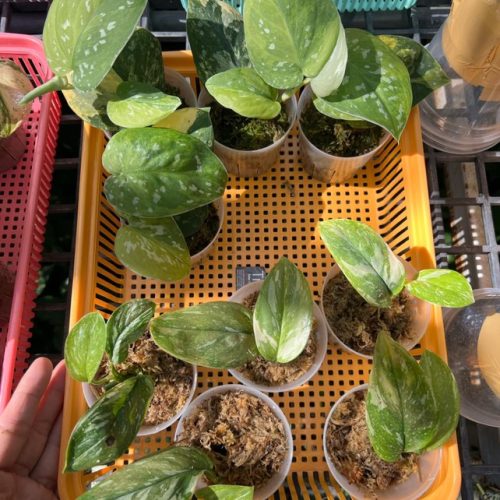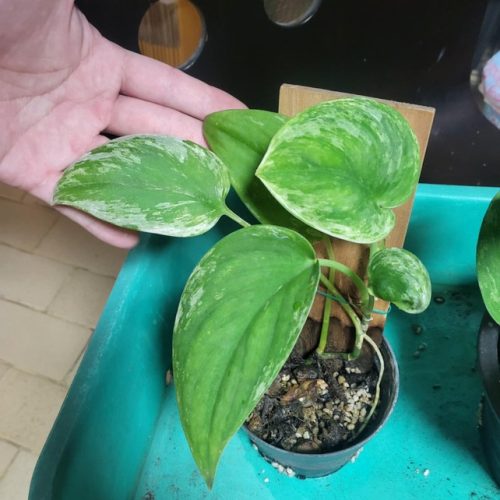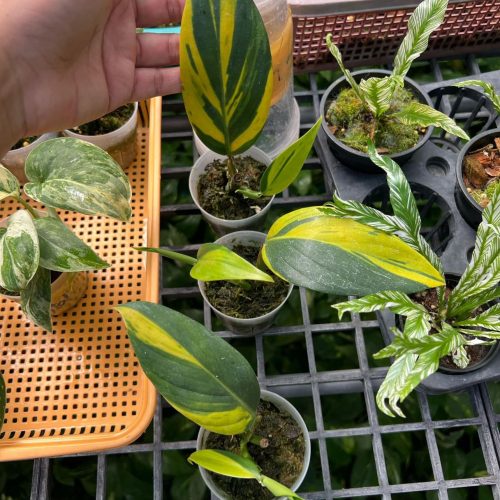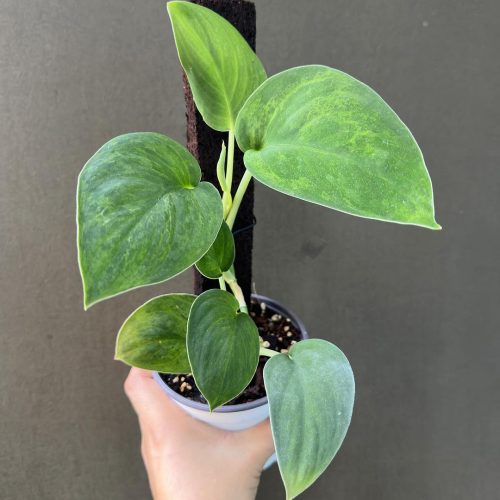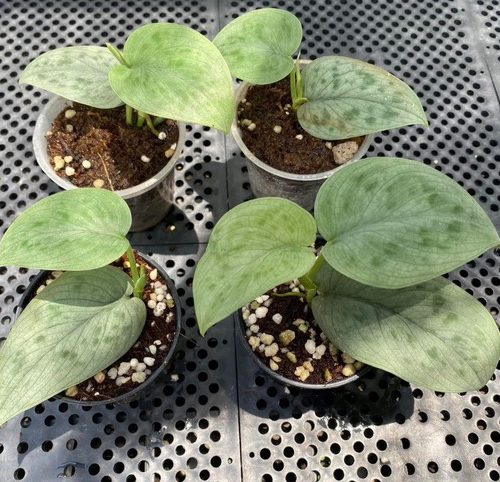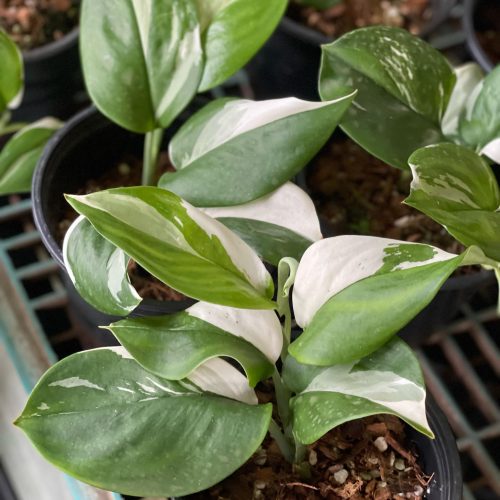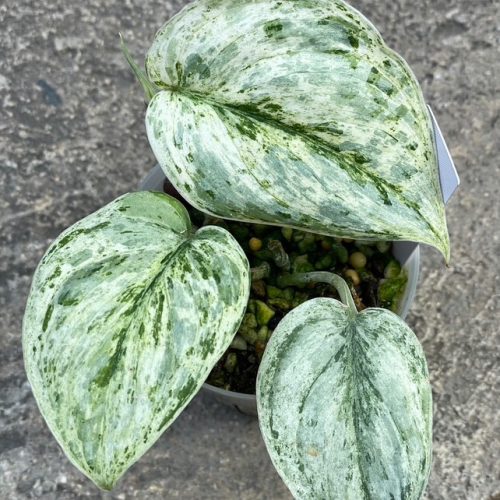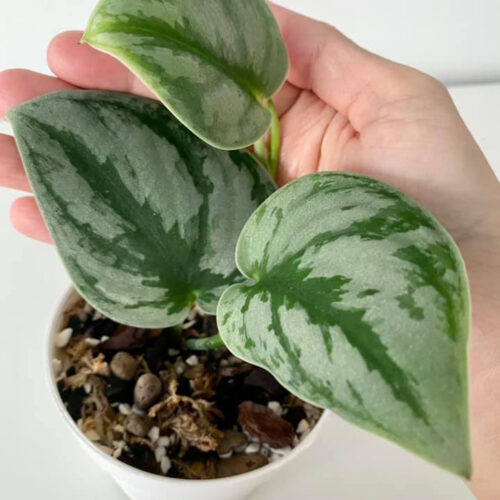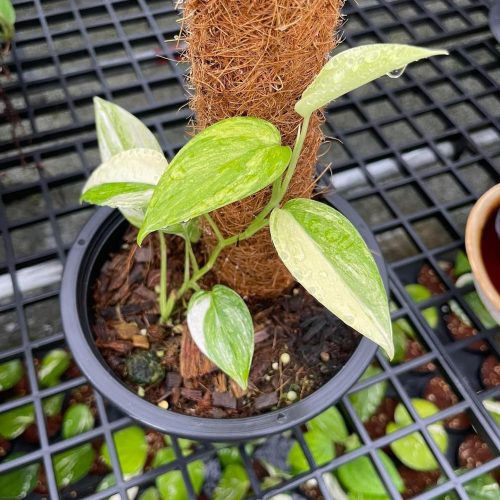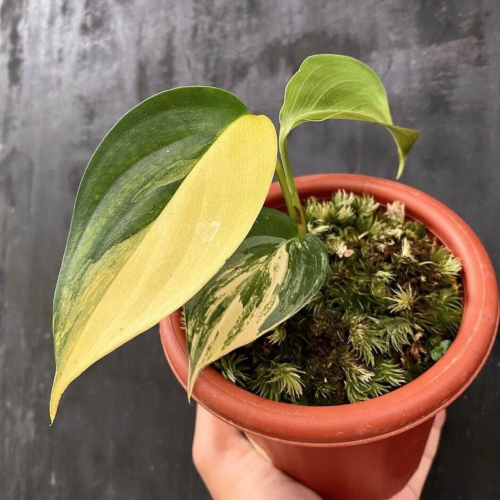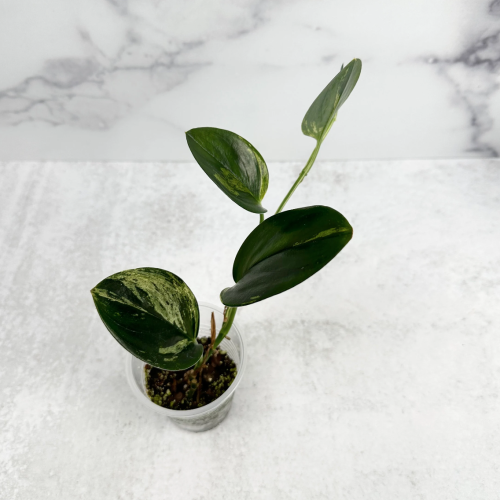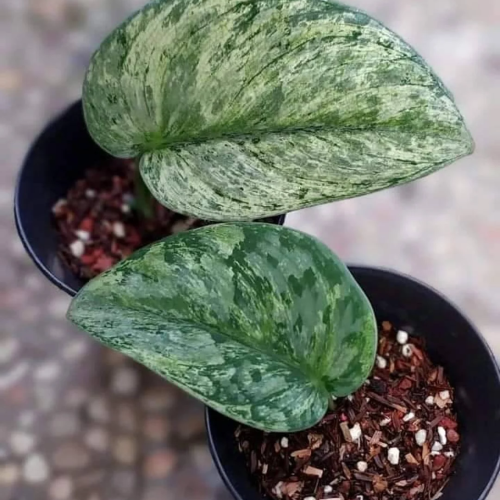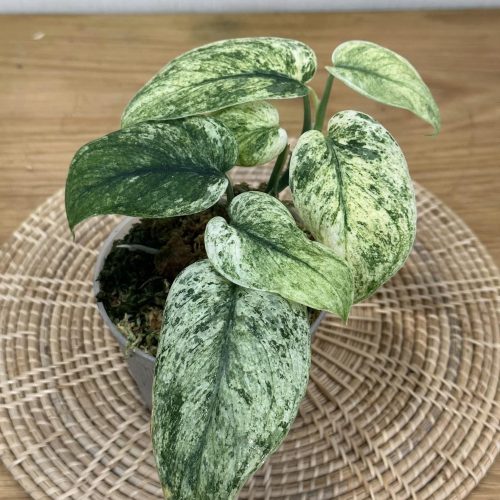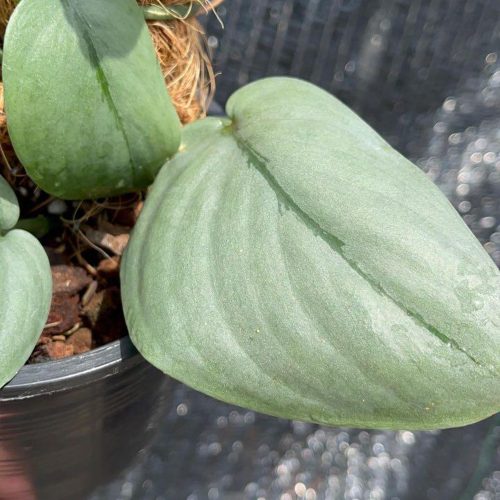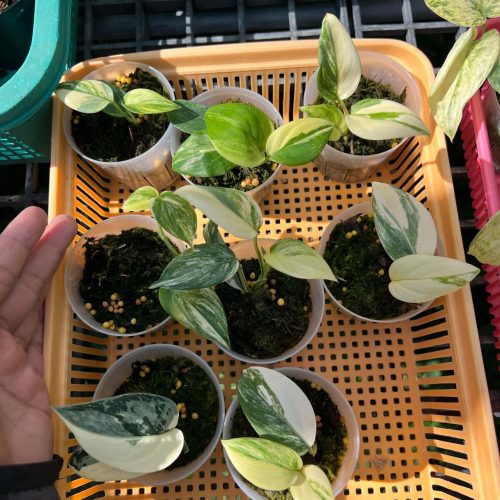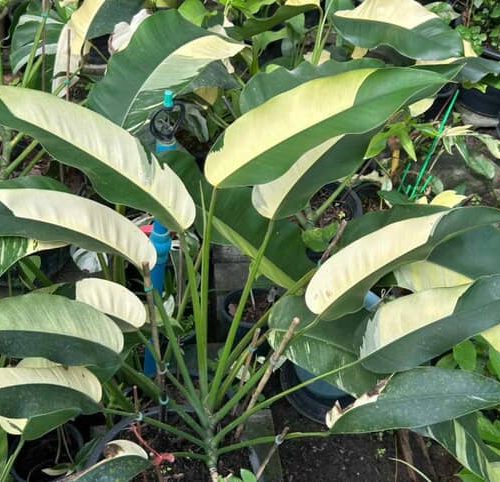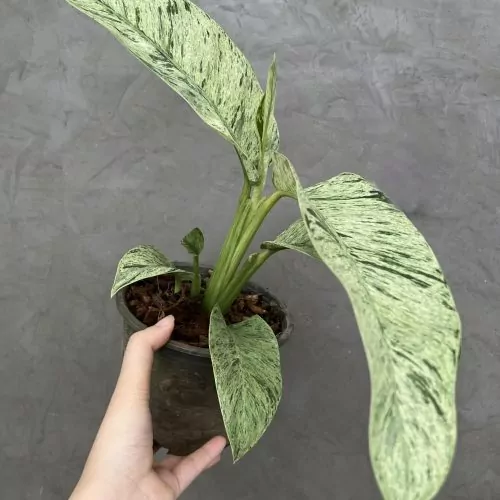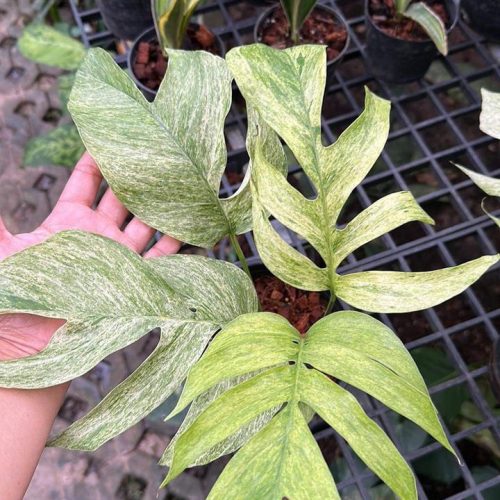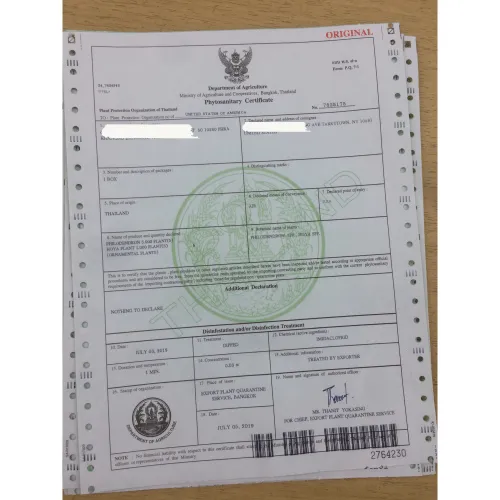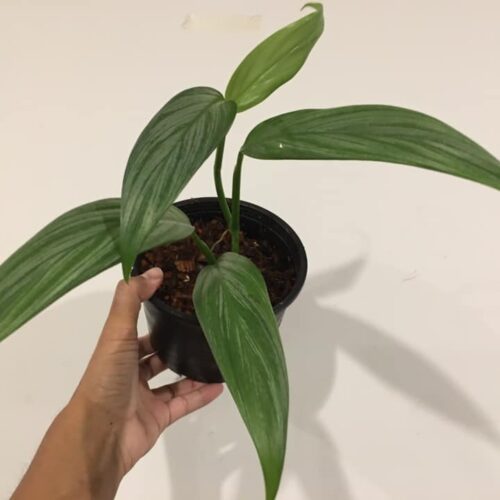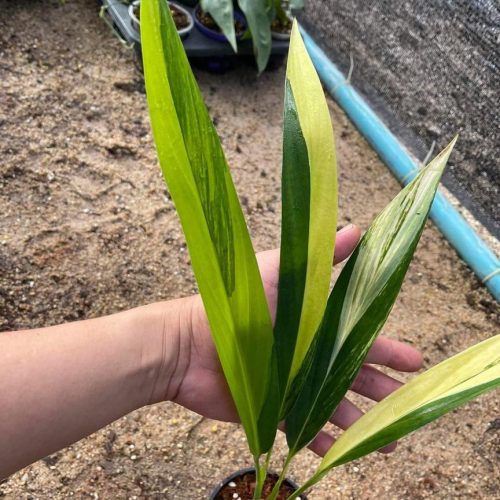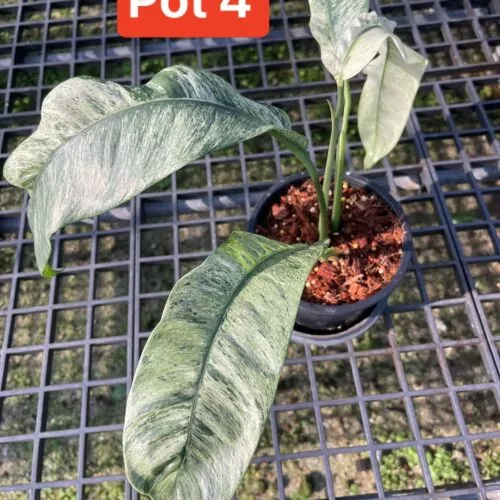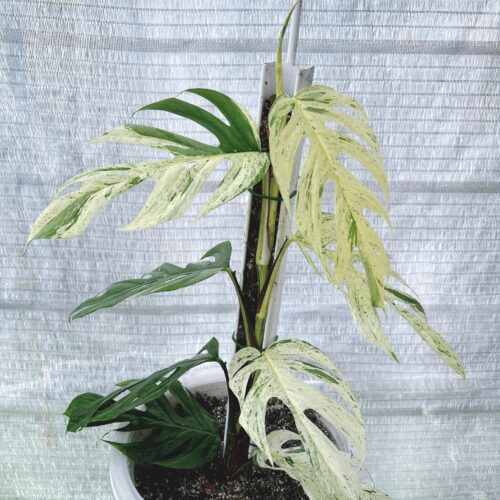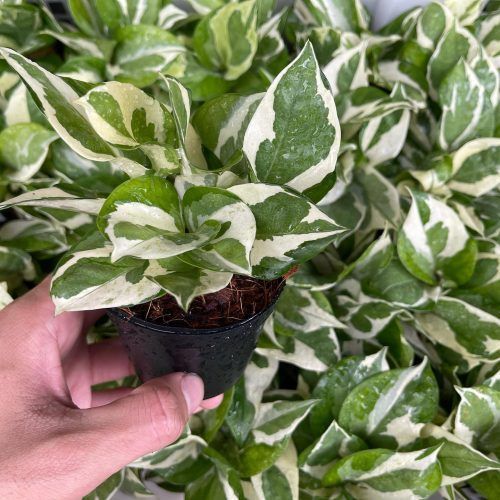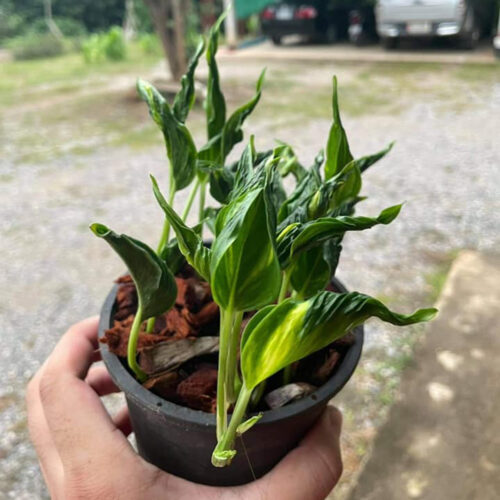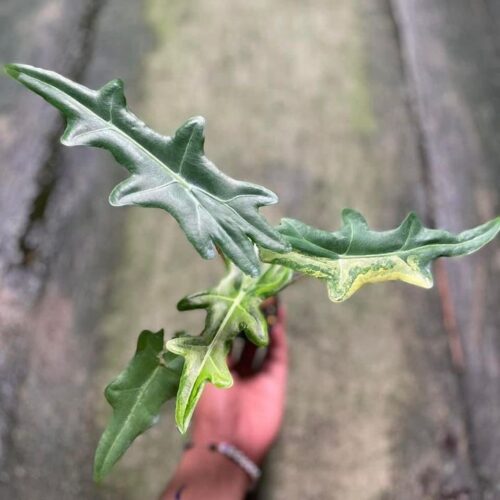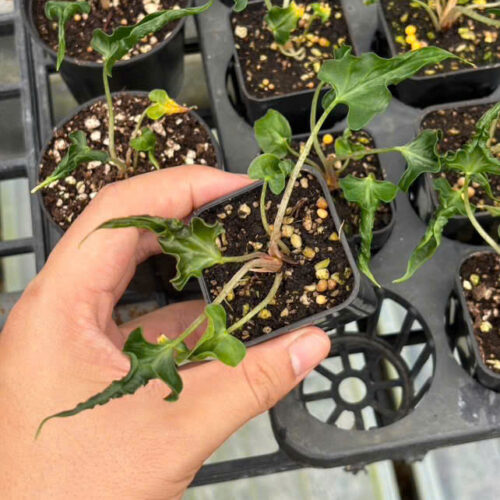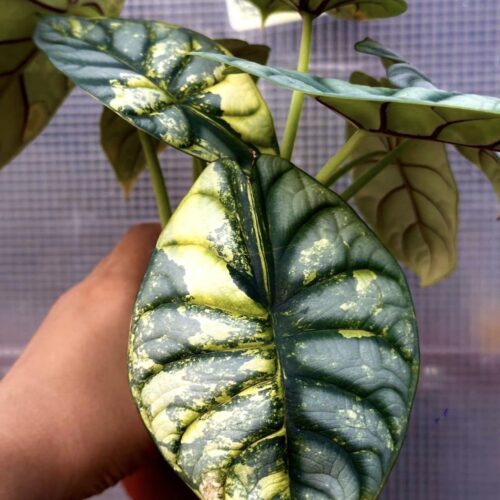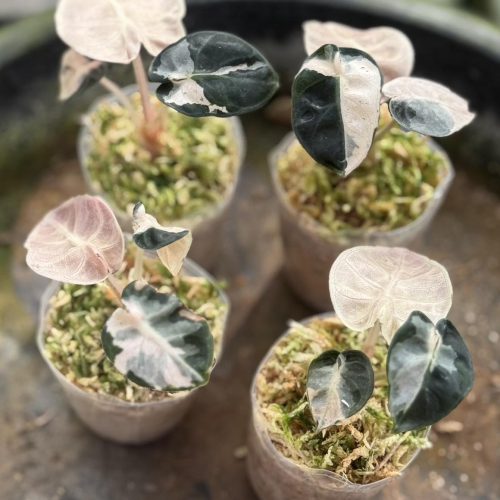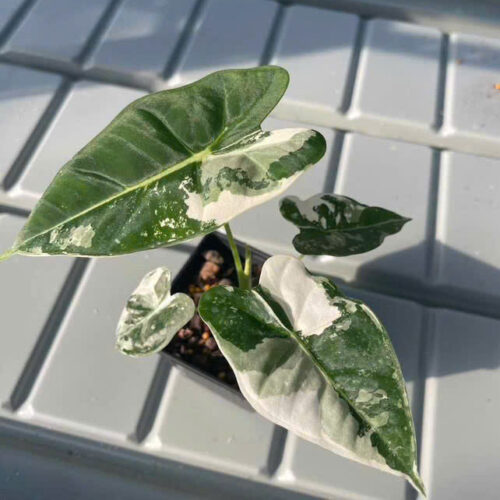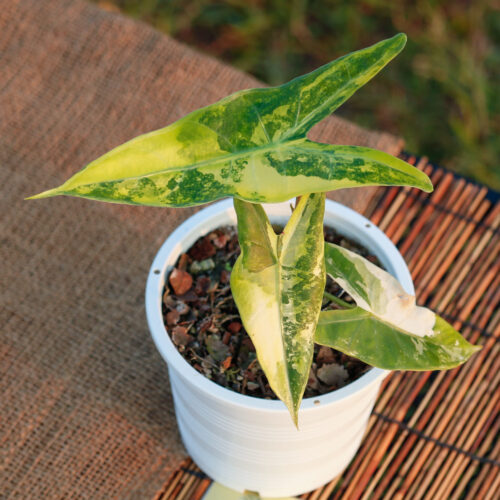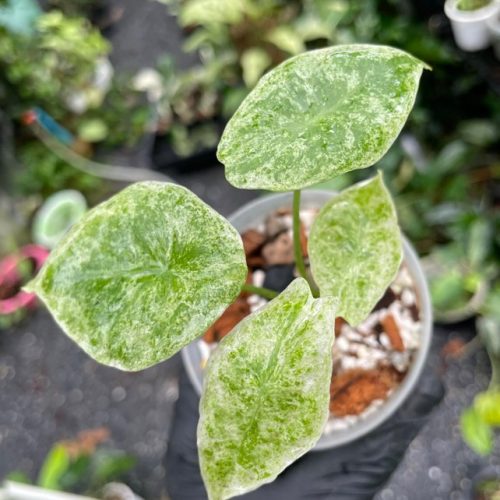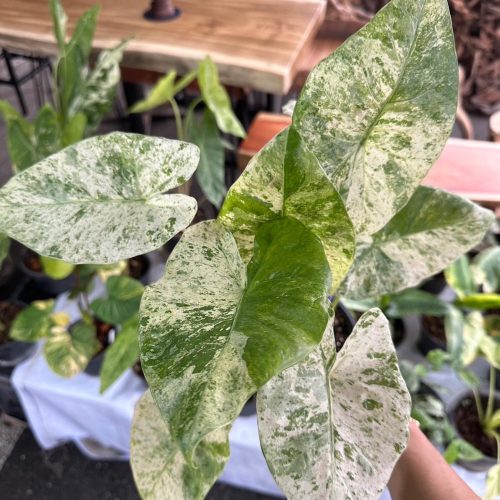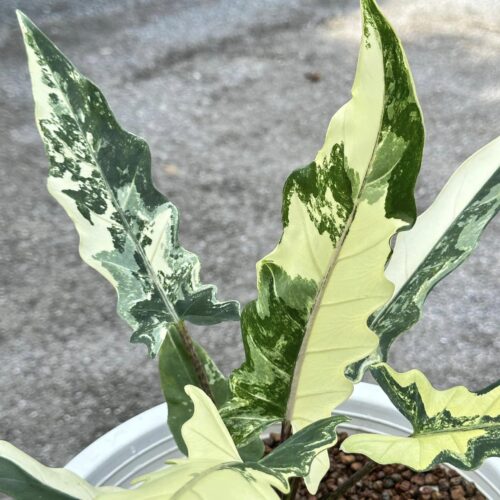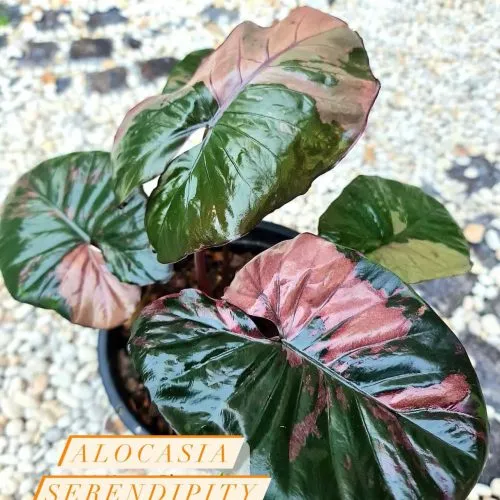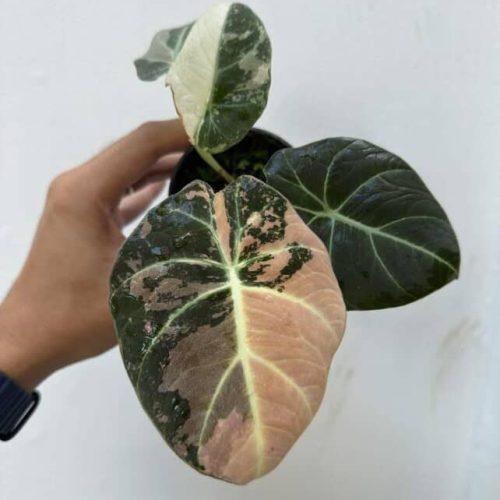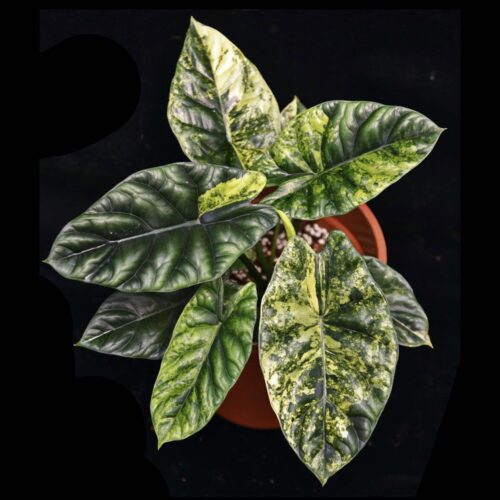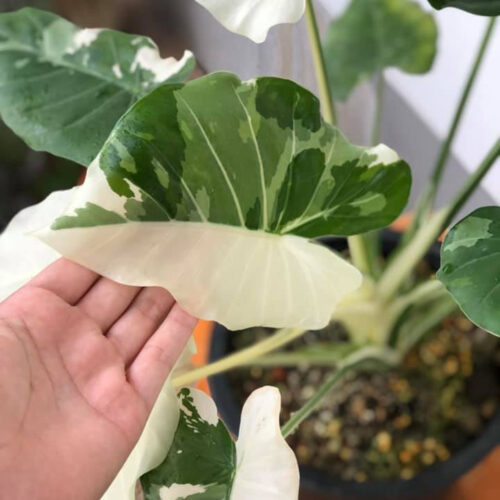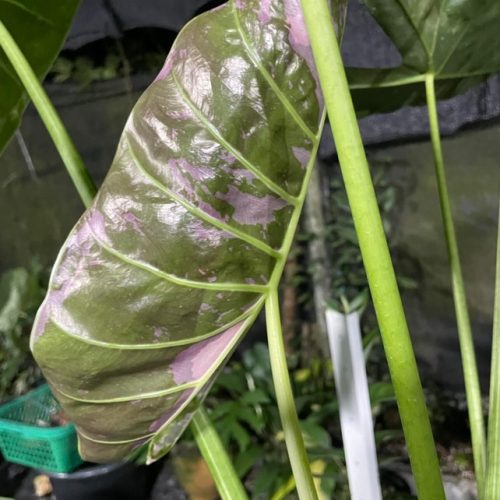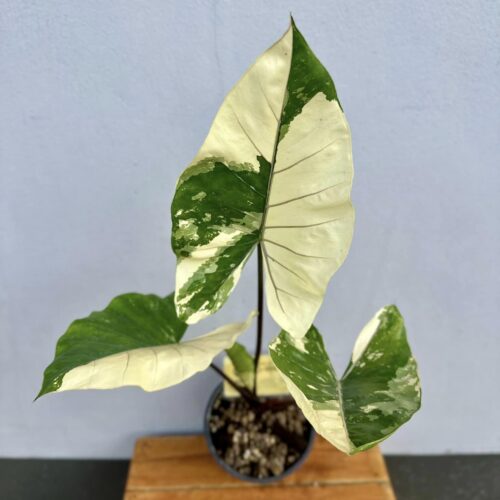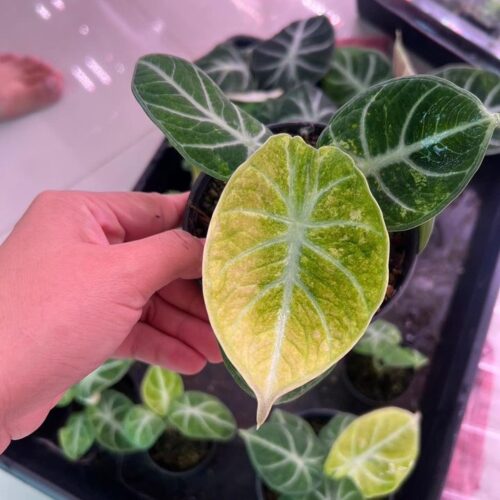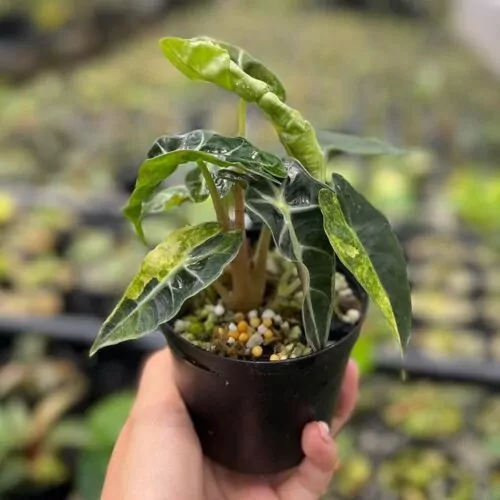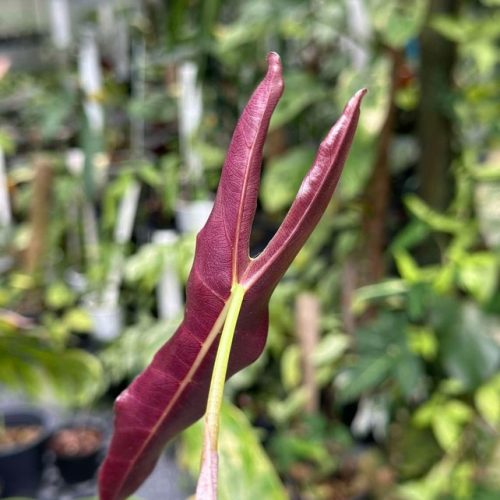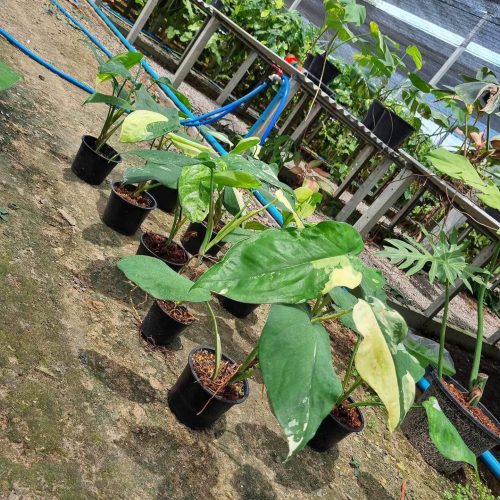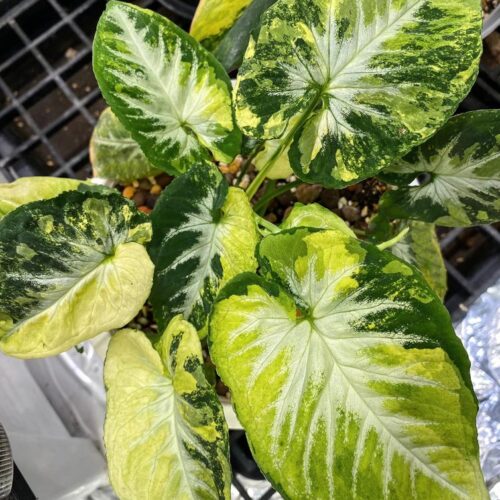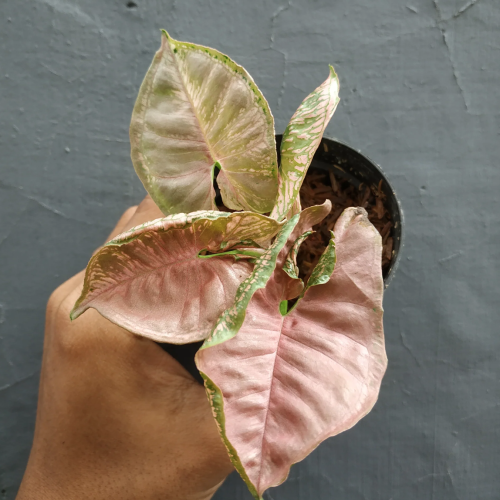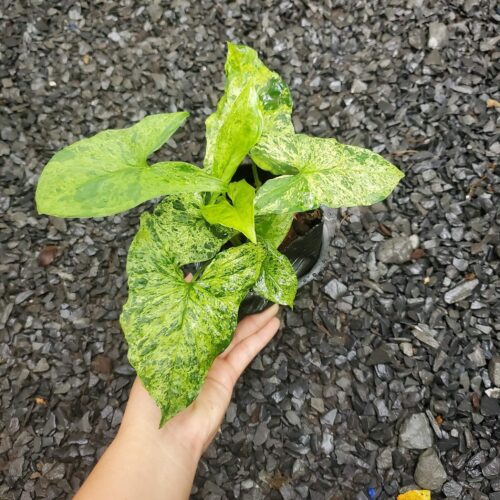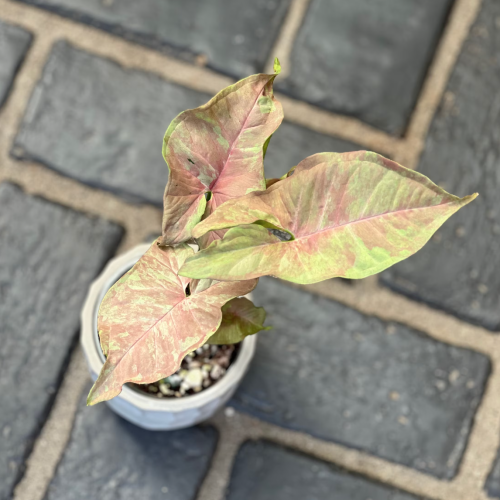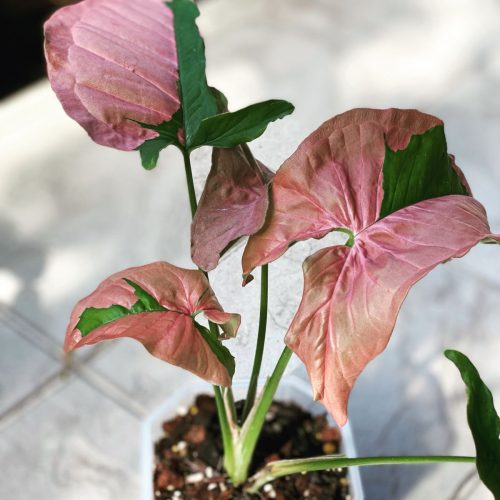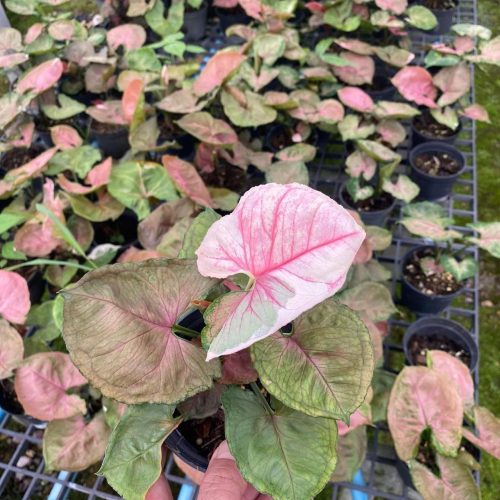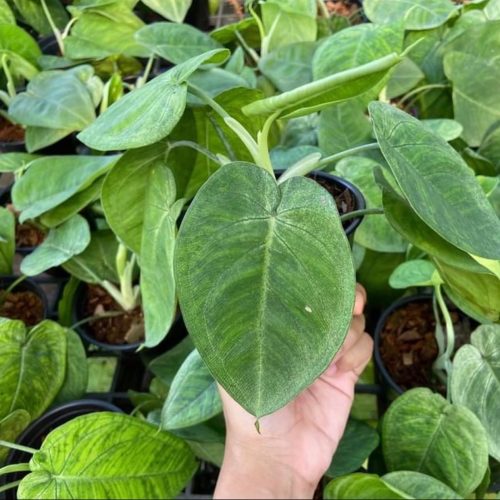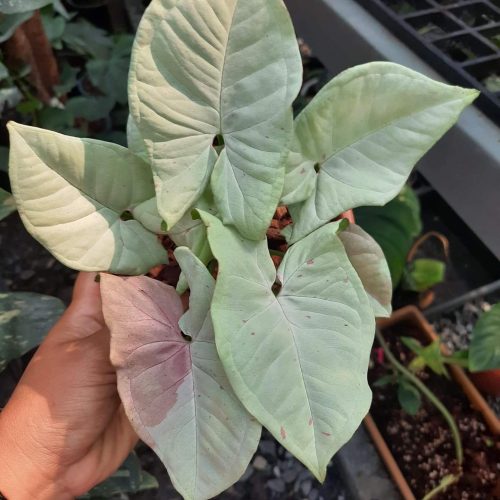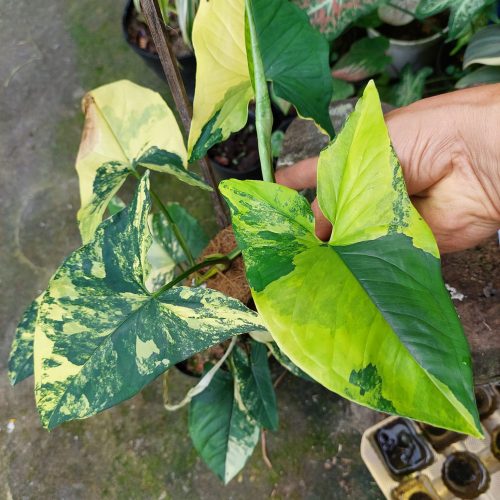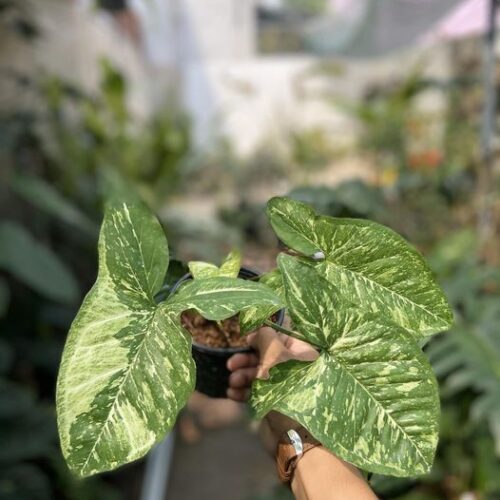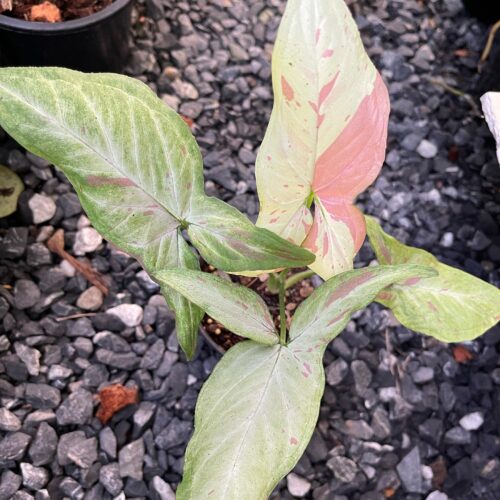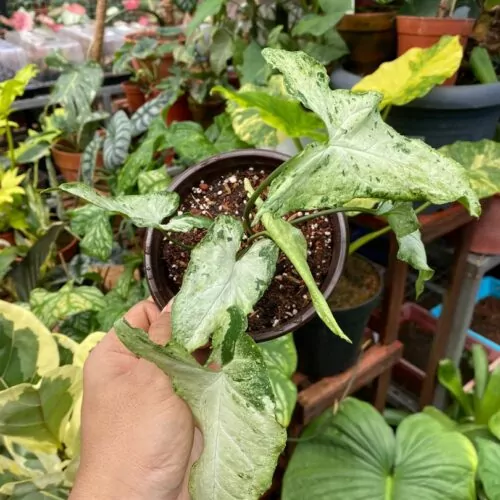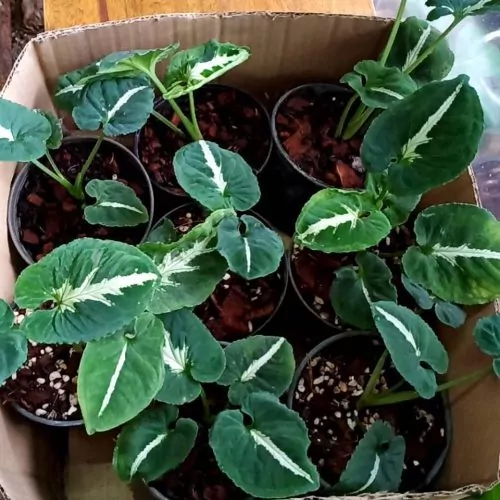Introduction
Philodendron Florida Beauty Variegated, a stunning hybrid plant, has quickly gained popularity among houseplant enthusiasts. This tropical plant is a result of crossing Philodendron squamiferum and Philodendron pedatum, belonging to the Araceae family. Known for its striking foliage and variegation, this plant will undoubtedly become the centerpiece of your indoor garden.
Characteristics of the Plant
Leaf Structure
The leaves of the Philodendron Florida Beauty Variegated are its most captivating feature. They have an elongated, heart-shaped structure, with lobes at the base and deeply serrated edges. Each leaf can grow up to 12 inches in length and is attached to a long petiole, giving the plant an elegant appearance.
Growth Habit
This philodendron is a climber, which means it needs support to grow upward. In its natural habitat, it attaches itself to trees and other structures using aerial roots. When grown indoors, it can be trained to climb a moss pole or trellis, similar to how you might train Scindapsus or Rhaphidophora.
Variegation Patterns
The variegation in Philodendron Florida Beauty is a result of genetic mutation. This leads to an unpredictable pattern of green and cream-colored patches on the leaves, with no two leaves being identical. The amount of variegation varies, and each plant is unique.
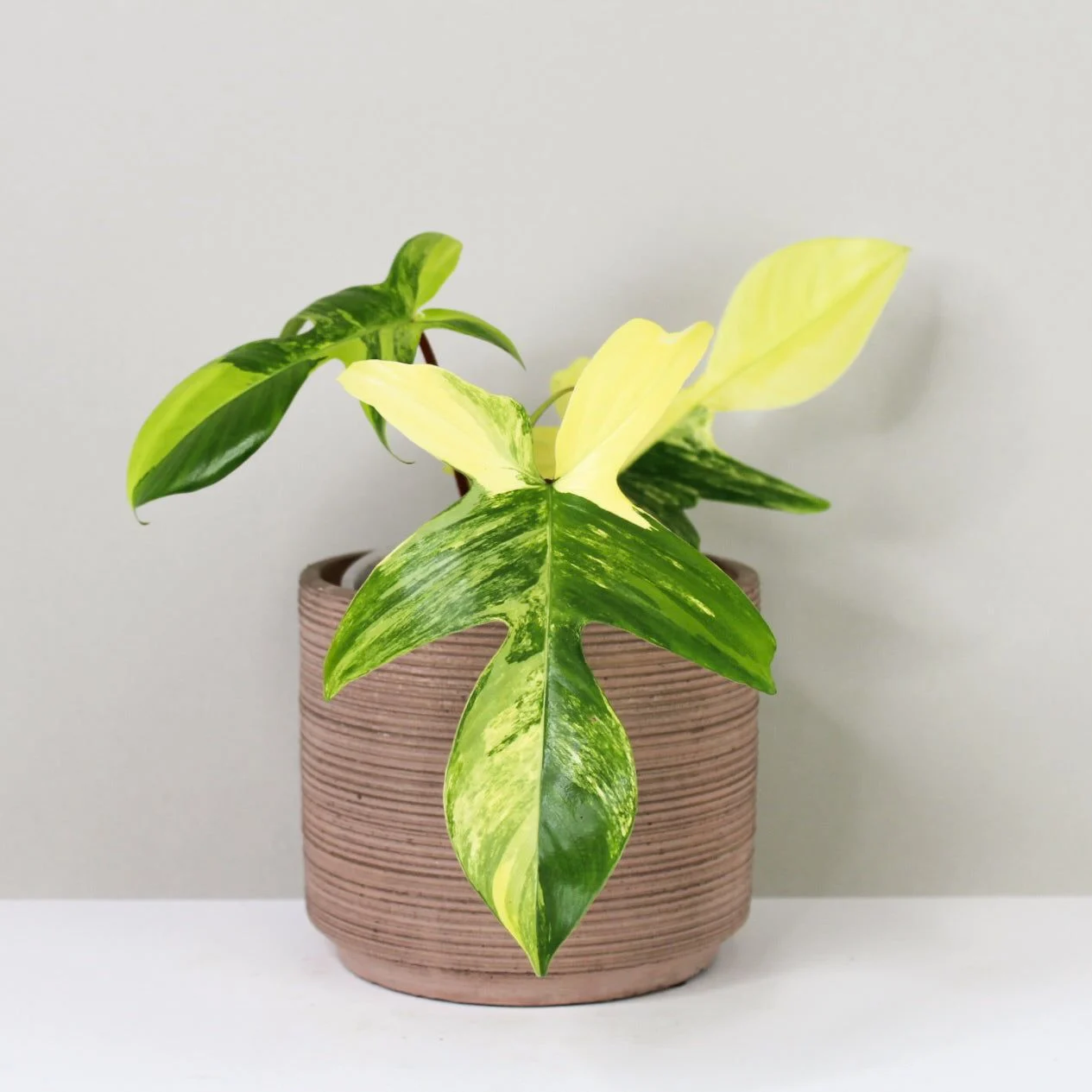
Care and Maintenance
Light Requirements
Philodendron Florida Beauty Variegated prefers bright, indirect light. Avoid direct sunlight, as it can scorch the leaves and cause the variegation to fade. A spot near an east or west-facing window is ideal, or you can use artificial light sources like fluorescent or LED grow lights. Similar lighting conditions benefit Aglaonema and Epipremnum as well.
Watering Needs
Water the plant when the top 1-2 inches of soil is dry. Overwatering can lead to root rot, so it is crucial to use well-draining soil and a pot with drainage holes. During the growing season, you may need to water more frequently, while in winter, you can reduce the frequency.
Soil and Potting Mix
A well-draining, porous soil mix is essential for this plant. A mix of peat moss, perlite, and orchid bark in equal parts will provide the necessary drainage and aeration. Alternatively, you can use a commercial potting mix designed for aroids.
Temperature and Humidity
Philodendron Florida Beauty Variegated thrives in temperatures between 65-80°F (18-27°C) and prefers high humidity levels, around 60% or higher. To maintain optimal humidity, you can place the plant on a pebble tray with water or use a humidifier. Avoid drafts and sudden temperature fluctuations, as they can stress the plant. High humidity is also crucial for plants like Alocasia and Homalomena.
Fertilizing
Feed your Philodendron Florida Beauty Variegated with a balanced, water-soluble fertilizer every 4-6 weeks during the growing season. Dilute the fertilizer to half the recommended strength to prevent over-fertilizing, which can cause leaf burn. In winter, you can reduce the frequency of feeding or stop it altogether.
Pruning and Training
Regular pruning and training will encourage bushier growth and maintain the plant’s shape. Remove any yellow or damaged leaves and trim back leggy stems. To train the plant to climb, attach it to a moss pole or trellis using soft ties, allowing the aerial roots to grip the support.
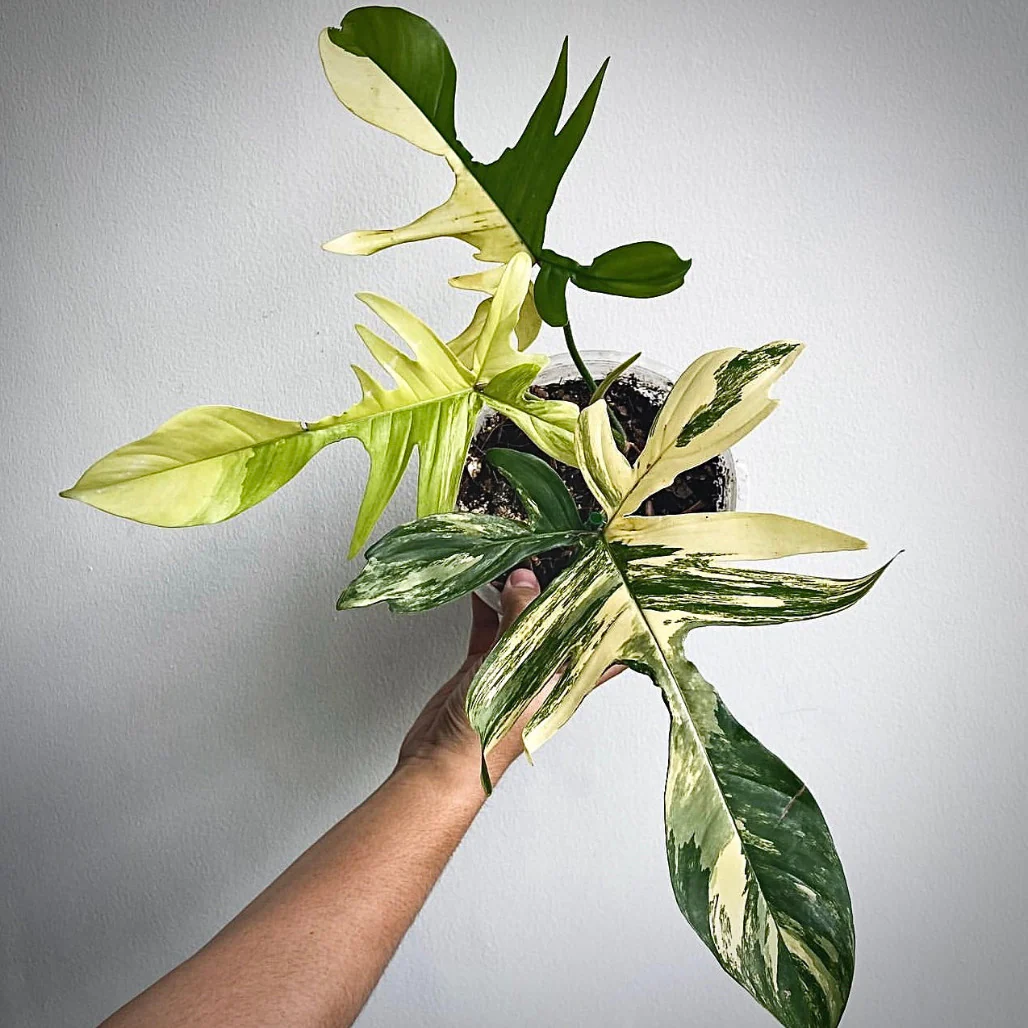
“Unleash the beauty of nature in your home with the stunning Philodendron Florida Beauty Variegated! Click the link now to bring this exquisite plant into your life and elevate your space. Don’t miss out – your green haven awaits!”
Propagation Methods
Stem Cuttings
The most common method of propagating Philodendron Florida Beauty Variegated is through stem cuttings. Choose a healthy stem with at least one leaf and a couple of nodes. Cut below a node and remove the lower leaves. Place the cutting in water or a moist potting mix, ensuring that the node is in contact with the growing medium. In a few weeks, you should see new roots forming.
Air Layering
Air layering is another propagation method that works well for this plant. Choose a healthy stem and make a small upward cut about halfway through the stem, just below a node. Apply rooting hormone to the cut, then wrap the area with moist sphagnum moss. Secure the moss with plastic wrap and wait for roots to develop. Once the roots are visible, cut the stem below the new roots and pot the new plant. For similar propagation techniques, refer to our guides on Philodendron and Syngonium.
Common Problems and Solutions
Pests
Philodendron Florida Beauty Variegated can be susceptible to pests like spider mites, mealybugs, and aphids. Check your plant regularly for signs of infestation, and treat it with insecticidal soap or neem oil as necessary. For effective solutions to these common pests and other issues, refer to our comprehensive Philodendron care guide
Diseases
Root rot and leaf spot are common diseases affecting this plant. To prevent root rot, avoid overwatering and use well-draining soil. Leaf spot can be caused by fungal or bacterial infections. Remove affected leaves and improve air circulation around the plant to prevent the spread of the disease.
Cultural Problems
Yellowing leaves can be a sign of overwatering or poor drainage, while brown leaf tips may indicate low humidity. Adjust your care routine accordingly to resolve these issues.
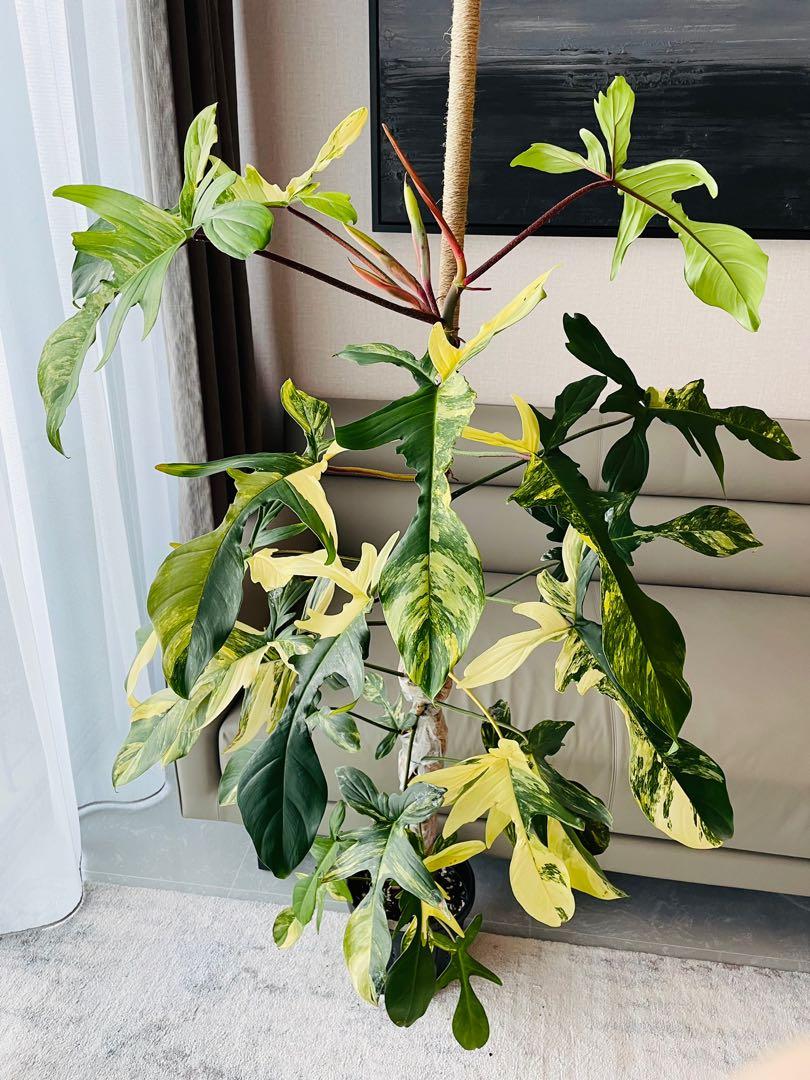
Philodendron species are the most sought after by aroid plant lovers
Conclusion
Philodendron Florida Beauty Variegated is a stunning addition to any indoor garden, with its captivating foliage and unique variegation. By providing the right care and maintenance, you can enjoy this tropical beauty for many years to come.
FAQs
- Is Philodendron Florida Beauty Variegated toxic to pets? Yes, this plant contains calcium oxalate crystals, which can cause irritation and swelling if ingested by pets.
- How often should I repot my Philodendron Florida Beauty Variegated? Repot every 2-3 years, or when the plant outgrows its current container. Choose a pot that is 1-2 inches larger than the previous one.
- Why are the leaves on my plant losing their variegation? Insufficient light can cause the variegation to fade. Move your plant to a brighter location with indirect light.
- Can I grow Philodendron Florida Beauty Variegated outdoors? This plant can be grown outdoors in USDA zones 10-11. However, it needs protection from direct sunlight and coldtemperatures. In cooler climates, it is best to grow it in a container and bring it indoors during the colder months.
- What should I do if my Philodendron Florida Beauty Variegated becomes leggy? Leggy growth can be a sign of insufficient light or a need for pruning. Move your plant to a location with brighter, indirect light and trim back leggy stems to encourage bushier growth.

